Finally the day came, 10th September 2008 the big day in everyone's life.
300 feet below Meyrin Switzerland, scientist are set to turn on the one most expensive machine ever built. Meet the world’s largest particle accelerator named The Large Hadron Collider.
At CERN, the Large Hadron Collider could recreate conditions that last prevailed when the universe was less than a trillionth of a second old. Above is one of the collider's massive particle detectors, called the Compact Muon Solenoid.
This picture shows how big the tunnel is, 17 miles in which scientist will attempt to circulate a beam of protons...
Scientists and technicians working day and night, monitoring each and everything twice and thrice to making sure they do not put an end to our Universe by trying to figure out how it started...
The “Big Bang” is a theory first postulated by physicist and astronomer Georges Lemaître based on Einstein’s theory of general relativity to cosmology. It states that the universe was created approximately 15 billion years ago when it was little more than a tightly woven packet of small atomic mass that exploded and has been expanding from its primordial hot and dense initial condition to the continous expanse of universe that we know today.
Evans and his LHC team will send a full particle beam all the way around the collider pipe in one direction before sending beams in both directions, traveling at the speed of light, and smashing them together later in the year. The resulting collision will be monitored on computers at CERN and laboratories around the world by scientists looking for the ultimate proof to the theory, a, or the, particle (called “Higgs boson”)that made life possible. The Higgs boson is thought to be the particle of glue that holds all matter together, thus creating the universe and all life in it.
The particle is named after 79-year old Scottish physicist Peter Higgs, who will be on hand in Switzerland for the experiment. He believes that his “Higgs boson” should appear quite quickly once the two beams collide. Others are not so sure.
For more info:
Large Hadron Collider - Wikipedia entry
LHC commissioning with beam CERN's website for commissioning the LHC
And also check:


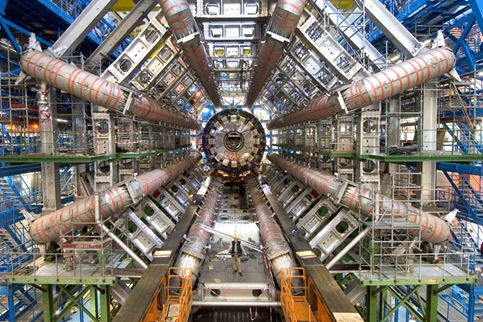
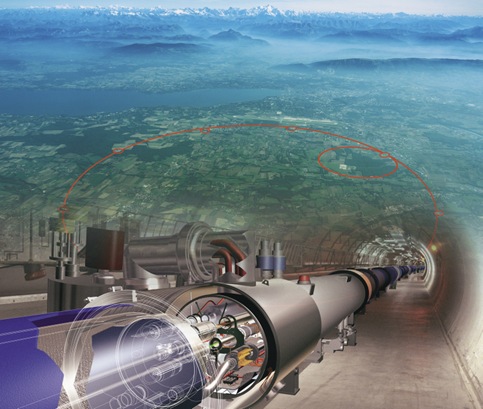
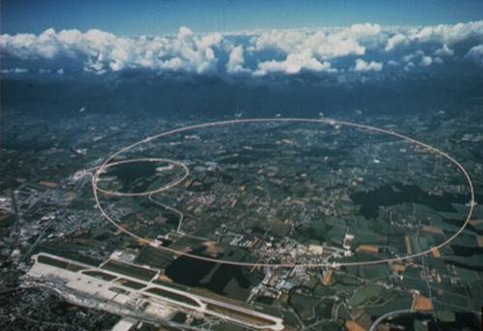
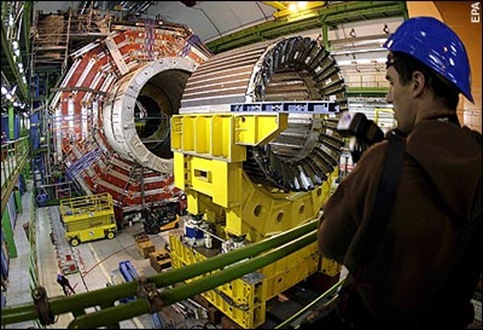
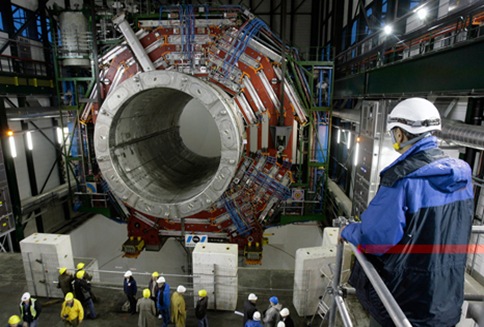
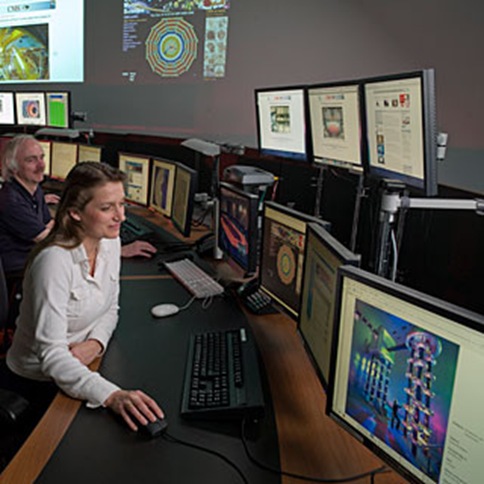
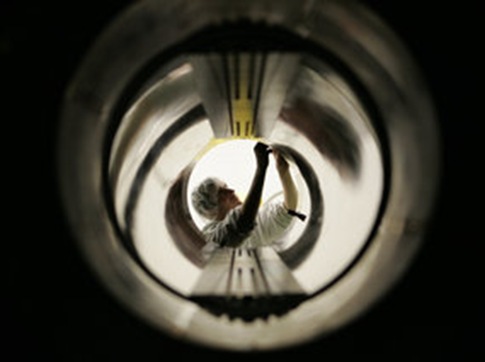




1 comments:
Whats the output... does it really harm to the nature... will it really create a black holes...
Post a Comment